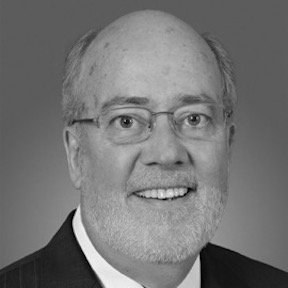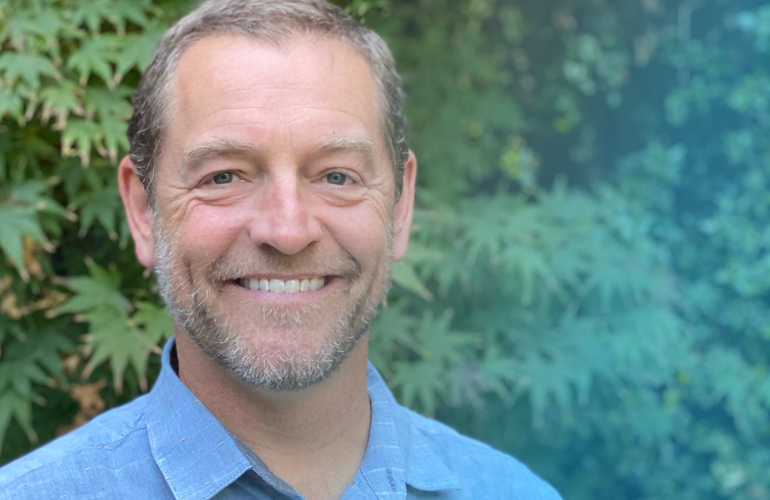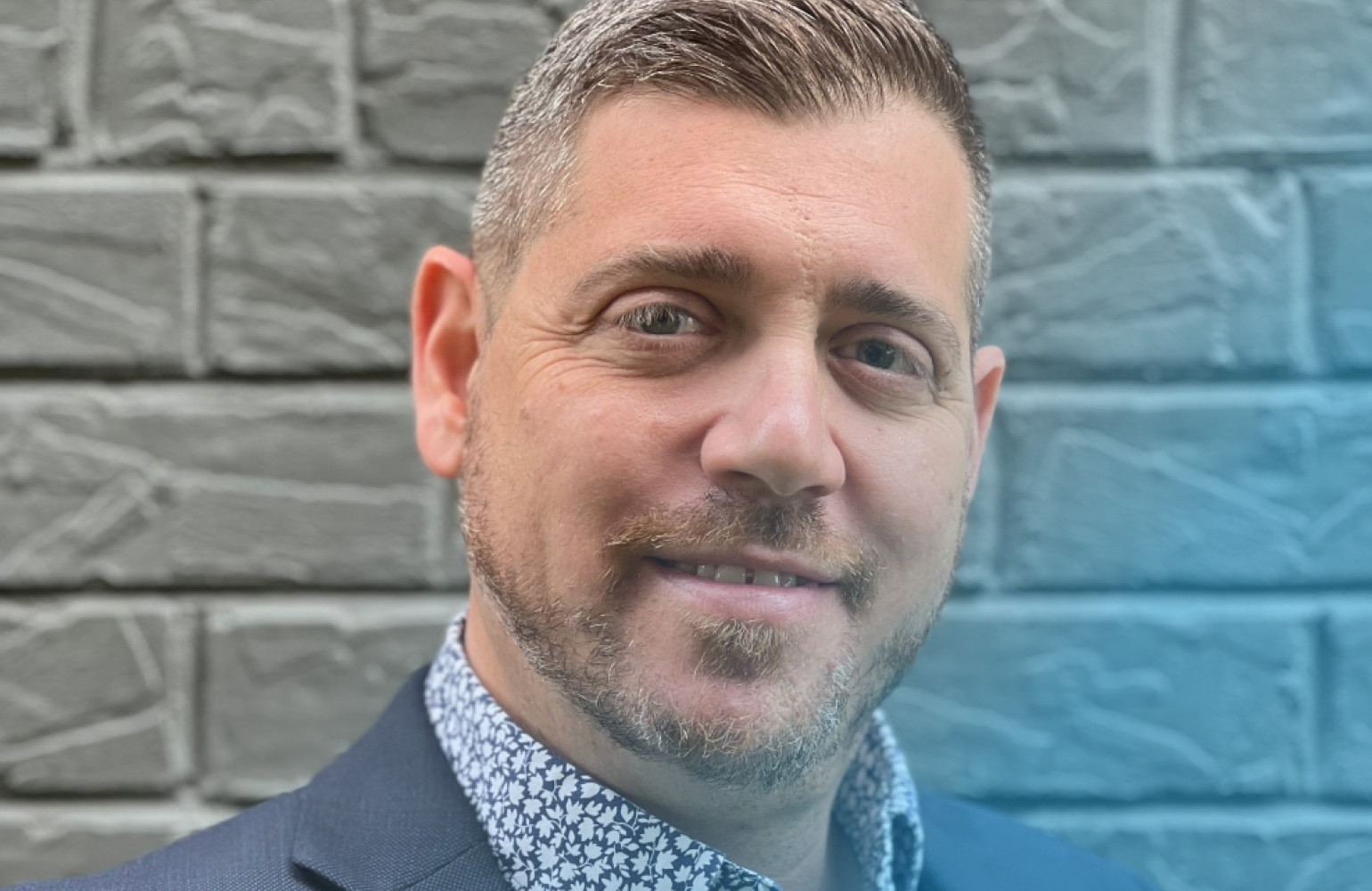Interim Chief Executive Officer | LinkedIn
POWER
Access to clean, abundant energy is fundamental to human prosperity.

MOBILITY
Clean, accessible transportation is a 21st century imperative.

MATERIALS
Advanced materials can improve goods and infrastructure at a global scale.

MANUFACTURING
Next generation manufacturing promises better, more sustainable products.

INFORMATION
Democracies depend on infrastructure for trusted exchange of information.

SHELTER
Our buildings must evolve to enable more while consuming less.

WATER
Humanity needs new innovations in water use and management to thrive.

FOOD
We need to increase production and reduce waste to feed a growing world.
















Electricity-Energy Emissions
About 33% of industrial emissions (~10% of global emissions) come from oxidizing a fossil fuel to make electricity for industry. Half of these emissions are from heating (e.g. electric arc furnaces) and half are from driven systems (e.g. crushing, milling, mixing, conveying, electrochemistry).

Non-Electricity-Energy Emissions
Combusting a fossil fuel for a non-electricity use is responsible for about 25% of industrial greenhouse gas emissions (~7.5% of global emissions). >99% of this emissions category comes from directly heating chemical reactors (e.g. blast furnaces or kilns) and <1% is a result of combusting fuel to drive motors.

Energy-Process Emissions
About 13% of industrial emissions (~4% of global emissions) are in this category. These emissions are produced when a carbon-based fuel is used as a chemical reductant in the production of a material. A good example of energy-process emissions is the reaction in a steel blast furnace where iron ore reacts with carbon monoxide to form carbon dioxide (waste greenhouse gas) and pig iron.

Non-Energy-Process Emissions
About 22% of industrial emissions (~7% of global emissions) are in this category. Non-energy process emissions occur when a greenhouse gas is produced as a direct result of the chemistry, but not from the use of a chemical reducing agent. The largest example is the production of cement which produces carbon dioxide as a waste product from the thermal decomposition of limestone to make lime which is an intermediate product in cement.

Ordinary Portland Cement
The largest emitter of non-energy process emissions is OPC which is responsible for 5.5% of global greenhouse gas emissions. OPC is produced by thermally decomposing limestone into waste carbon dioxide and lime. The lime is further heated with a source of alumina, silica, and iron oxides to form OPC. This process requires temperatures of at least 1450 C.

Hydrogen
Hydrogen which is responsible for ~2% of global greenhouse gas emissions is currently made by reacting water with natural gas at elevated temperatures to form waste carbon dioxide and hydrogen gas.

Steel
Responsible for ~6% of global greenhouse gas emissions, steel is made by burning petroleum coke in an oxygen deficient environment to make carbon monoxide which is then reacted with molten iron ore to make carbon dioxide and pig iron (carbon-rich iron). Forced air is then used to oxidize most of the remaining carbon in the pig iron to carbon dioxide to make the final steel product.

Aluminum
Aluminum production is responsible for about 1% of global greenhouse gas emissions. Aluminum ore (alumina) is extracted from the mineral bauxite via a heated pressure reactor. It is then put into a molten salt electrolyzer where aluminum metal and reactive oxygen species are produced at the cathode. The oxygen reacts with the graphite anode to produce carbon dioxide.













Margaret Lumley, ChloBis Water CEO | Cohort 2022
“Becoming an Activate fellow has been one of the biggest highlights of my entrepreneurial journey.”

Leah Ellis, Sublime Systems CEO | Cohort 2020
“Activate shows you how to build a company, grow a team, and get the necessary business traction to bring your idea into the real world.”

Miguel Sierra Aznar, Noble Thermodynamic Systems CEO | Cohort 2018
“I needed to learn how to turn my science into something that people could understand and would be willing to get behind...The beginning of that journey was Activate for me.”

Robert Ethier, managing partner and co-founder of Impact Science Ventures, Activate Leadership Council member:
“From a macro perspective, this is an outrageously good time to be investing in climate. And that's based on market need alone, much less the policy and consumer sentiment aspects. I would compare it to investing in SaaS models and social media companies in the mid-to-late aughts and expect similar bonkers-type returns. Bold prediction, as unicorn minting continues to fall in most sectors: the number of climate unicorns will double in 2023.”

Laura A. Smoliar, founding partner of Berkeley Catalyst Fund, Activate Leadership Council member, Nelumbo board member:
“Solutions to climate change at scale lie at the intersection of science, policy, economics, and geography. My eye is on innovators who creatively combine technical advances with business deals that benefit underserved communities and disrupt the status quo, all while advancing progress on climate change. An example is Bakken Energy, which is driving down the cost of hydrogen to make it a viable alternative for long-haul trucking, while pulling together a diverse set of partners in Mitsubishi Power, the MHA Nation (also known as Three Affiliated Tribes, a federally recognized Native American tribe in central North Dakota), Cummins, and Pilot Company. Creative dealmakers, like Bakken Energy CEO Mike Hopkins, are the ones to watch in 2023 and beyond for solutions at scale in climate change. We are proud to have him on the board of Activate company Nelumbo.”

Sanjiv Sanghavi, climate venture partner at Day One Ventures, co-founder of ClassPass, Activate Leadership Council member:
“Big total addressable markets have led to long timelines and overcrowded markets with undifferentiated products—there, I said it! Big swings won’t be as exciting as niche markets and faster go-to-market. (I credit Rick Zullo of Equal Ventures for planting this thought.)
I predict a lot of twists, turns, and pivots to try and get that Inflation Reduction Act money!
The carbon market participants may not like it, but the shakeup that’s going to happen (or is already happening) this year will be good for it long-term. Carbon markets challenges can’t hide forever.
I’m seeing a lot of hacking around the data stack, particularly for companies with scientific data. This is a sign of innovation to come.
If some of the disasters and weather challenges taught us anything, it’s that things will get worse before they get better. We think a lot about resilience and how to prevent food, housing, and health system tragedies.
As climate solutions scale, insurance markets’ ears will perk up.
2022 was the year of attracting ICs to climate. I’d love to see more highly leverageable leadership and serial entrepreneurs move over as well.
We’ll see more studios. In this market, predictable deal flow with outsized returns will be the goal. Incubators and studios try to make that promise.”

Current ARPA-E director Evelyn Wang gave the opening address at the 2023 ARPA-E Innovation Summit. Photo Credit: ARPA-E

In her opening address, Evelyn Wong highlighted Alexa Schmitz (Cohort 2022), co-founder and CEO of REEgen.

The opening address also highlighted Brimstone, co-founded by Cody Finke (Cohort 2019).

Secretary of Energy Jennifer Granholm (far right) hosted a panel including Leah Ellis (Cohort 2020, second from right), CEO and co-founder of Sublime Systems. Photo credit: ARPA-E

Leah Ellis (Cohort 2020), co-founder and CEO of Sublime Systems. Photo credit: ARPA-E

Half of the organizations featured in the ARPA-E keynote addresses were Activate Fellow companies. Shreya Davis, a member of Activate’s Leadership Council, was also featured in a panel with Granholm.


Activate Fellows Marissa Beatty (Cohort 2022, second from right) and Bilen Akuzum (Cohort 2022, right). Photo credit: ARPA-E

Activate Fellows Josué López (Cohort 2021, left) and Francesco Benedetti (Cohort 2021, second from right). Photo credit: ARPA-E

Activate Fellows and staff socializing in Washington, DC.
















































































